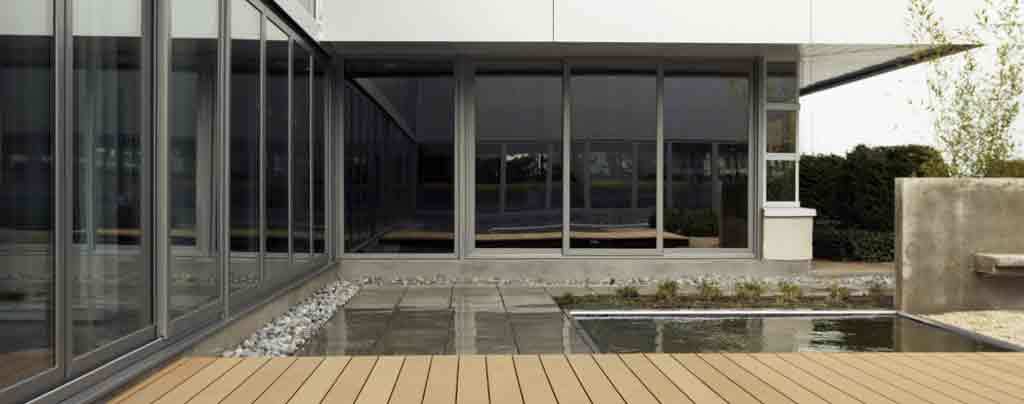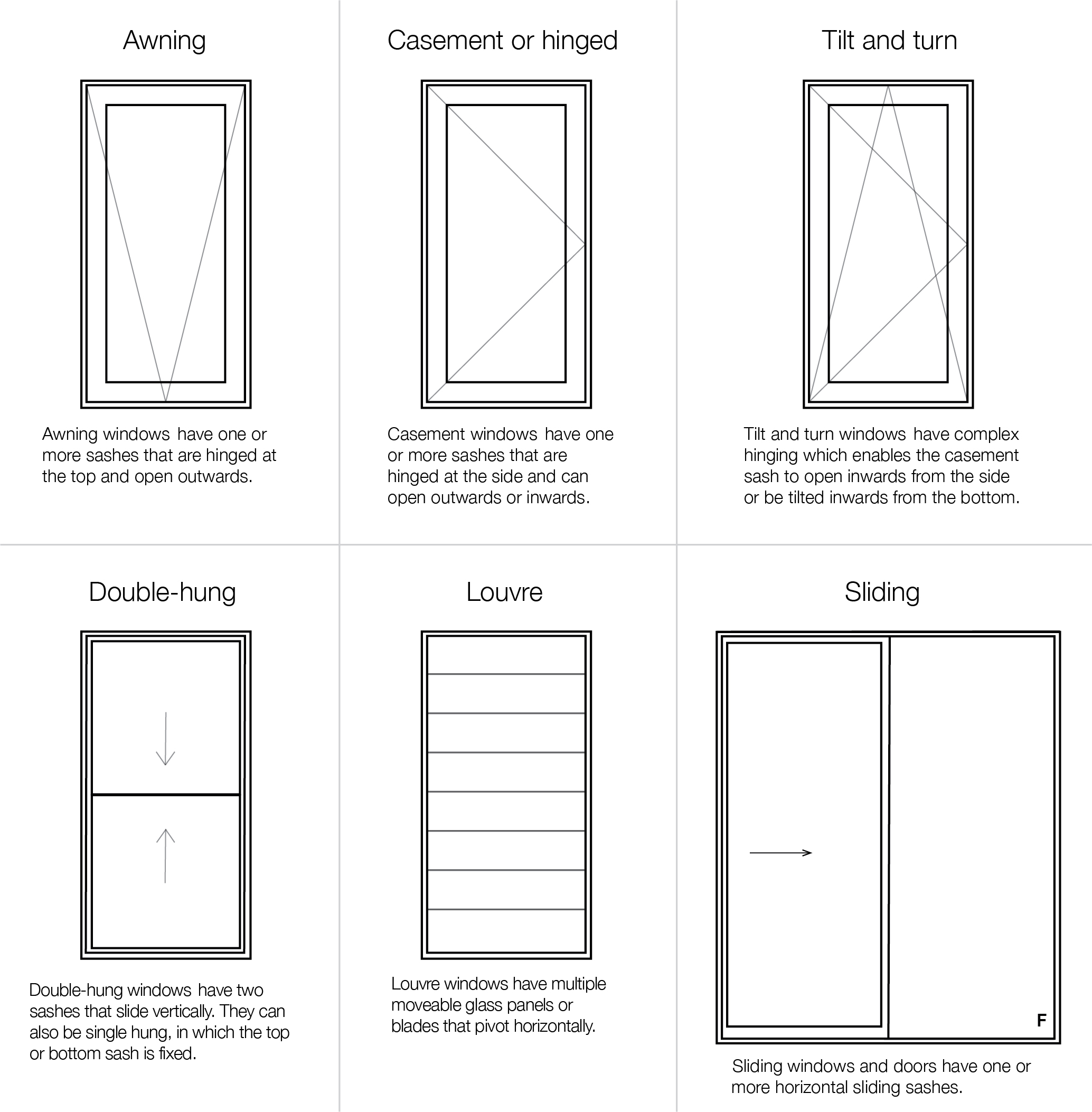All Categories
Featured
Table of Contents
Double Glazed Windows & Doors Melbourne & Sydney in Kinross WA
That window can transfer more solar heat in winter than in summertime. A west-facing window on a summer's afternoon has an angle of occurrence from near 0 up to 30 with a large effective location of solar radiation. A north-facing window, in summer, has a high angle of occurrence and a low efficient location of solar radiation, so can transmit less heat than a west-facing one.

You can rapidly and easily enhance the thermal efficiency of your home by changing your windows. This is among the most effective techniques of renovation to attain improved thermal comfort. There are thousands of types of glass and frames to pick from. Selecting the best ones is necessary to improving the energy efficiency of your home.
What Is Double Glazing Windows And Doors? in Alexander Heights Western Australia
Single glazing with clear glass is not very effective when it comes to heat loss or gain. To enhance efficiency, you can utilize single glazing with a more energy-efficient type of glass such as low emissivity (low-e) glass.
The energy performance of IGUs likewise depends on: the homes of each layer of glass. Various glass types (for example, clear and low-e glass) can be put together in an IGU.
Does Double Glazing Keep Heat Out in Kardinya Perth

IGU cavities can be filled with air or a more inert, low-conductivity gas such as argon the width of the cavity. Cavity density is typically 6 to 18mm. Broader cavities supply lower (better) U worths, with 12mm generally accepted as the favored gap how well the cavity is sealed. Cavities should be dry and well sealed to avoid moisture getting in.
If argon is set up to the cavity in location of air, moisture is dependably left out the level of desiccant (drying agent). The spacer (metal or polymer strip) that separates the glass layers contains a desiccant to take in any moisture. Inadequate desiccant might cause wetness to condense on the glass surface in cold conditions, reducing thermal performance.
Stay Cool This Summer With Double Glazed Windows - Aaa Glass in Forrestdale Perth
IGUs can deliver much better energy performance for all climates, specifically in heated and air-conditioned houses. Cross-section information of single, double and triple-glazing systems Low emissivity glass (commonly referred to as low-e glass) decreases heat transfer. Low-e glass might be either high or low transmission: High transmission low-e glass has a covering that allows daylight from the sun to pass into the house to accomplish great solar heat gain, but reduces the amount of the long wavelength infrared heat that can leave back through the window.
Low-e glass has either a pyrolytic finish or a vacuum-deposited thin movie metal covering. Pyrolytic finishes are long lasting and can be used for any glazing; vacuum-deposited coatings are soft and are just used within IGUs. Low-e coverings can considerably enhance both U value and SHGC; however, they need to be utilized properly or they will either weaken or fail to carry out as needed.
Double Glazing Versus Secondary Glazing in Marangaroo Western Australia
Low-e finishes can be used in combination with clear, toned or reflective glass. Low-e coverings on glazing can decrease heat transfer where required Picture: Department of Industry, Science, Energy and Resources Toned glass has colouring additives included during manufacture. It is offered in numerous colours, normally bronze, grey, blue and green.
Latest Posts
Why Is Double Glazing So Important In Winter? in Floreat Western Australia
Pros And Cons Of Argon Gas In Windows in Bedford Perth
Can I Have Double Glazing In A Summerhouse? in Madeley Perth